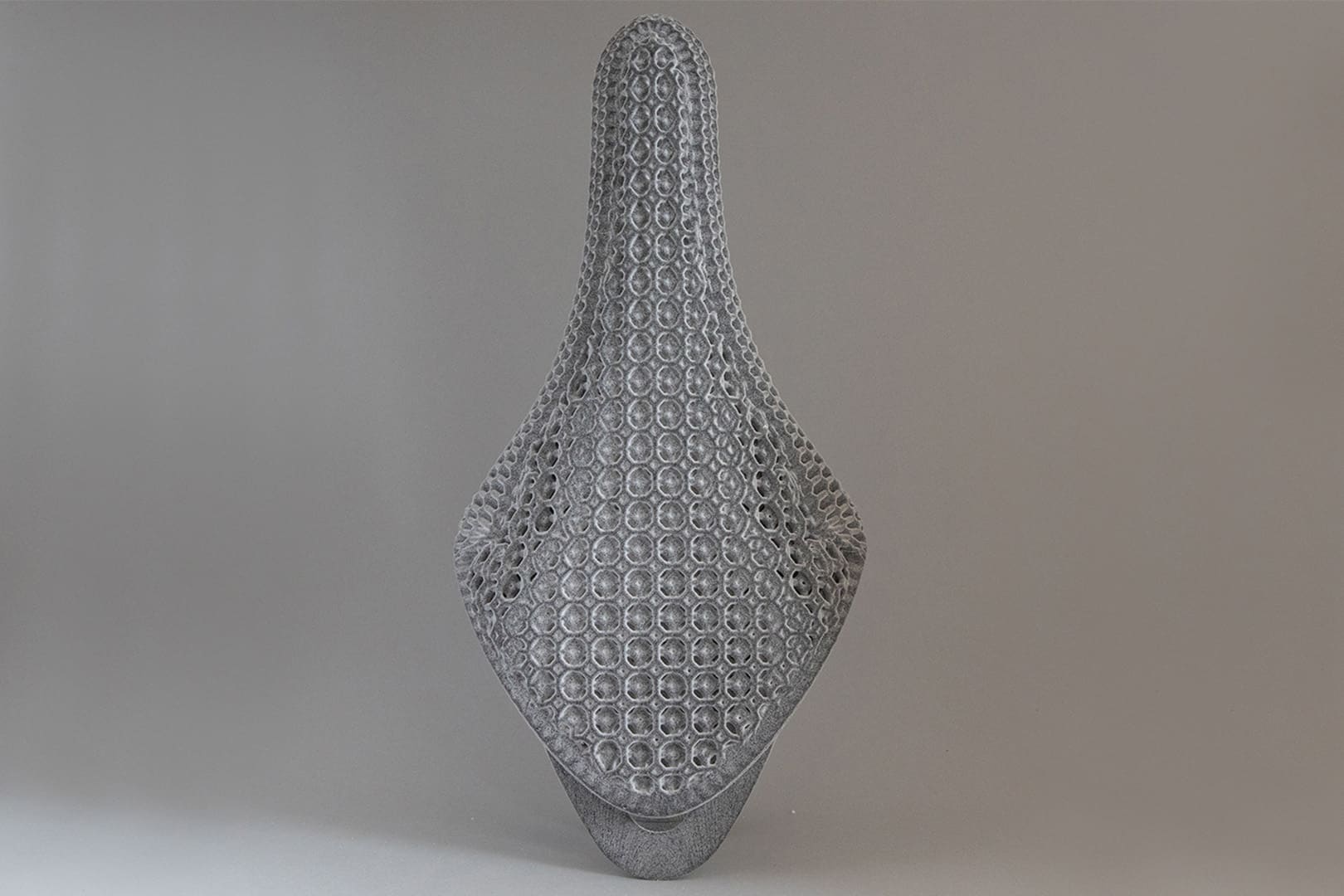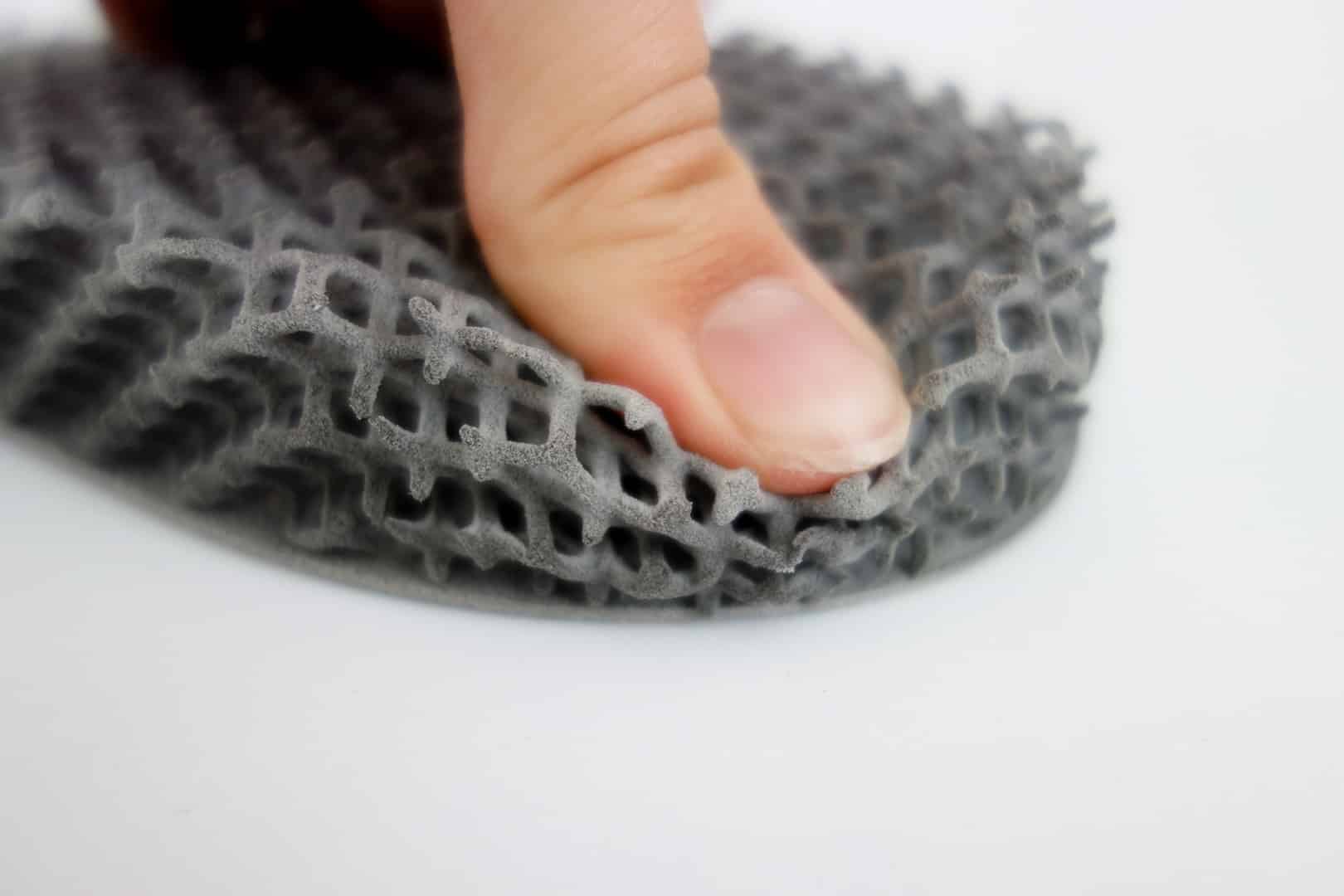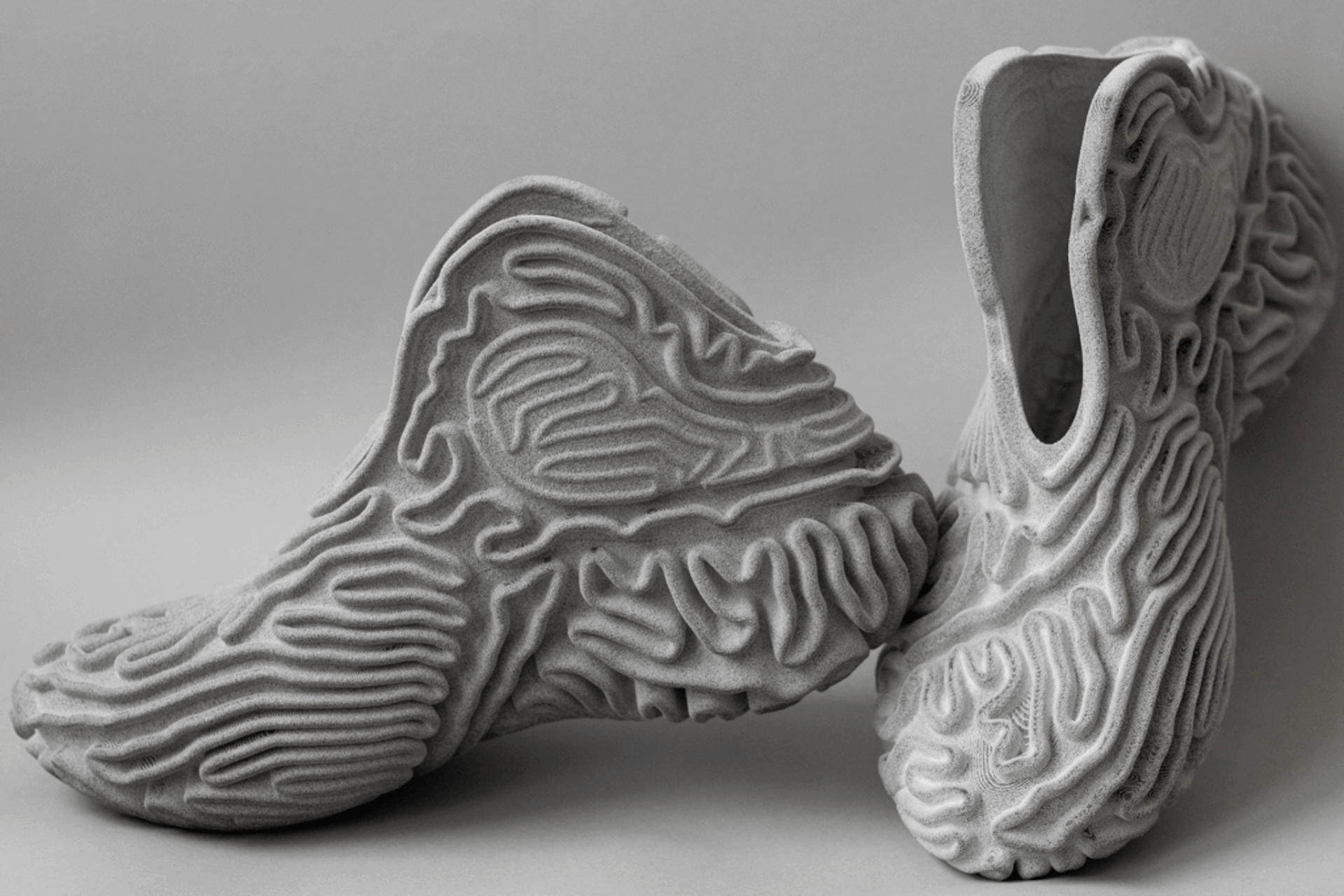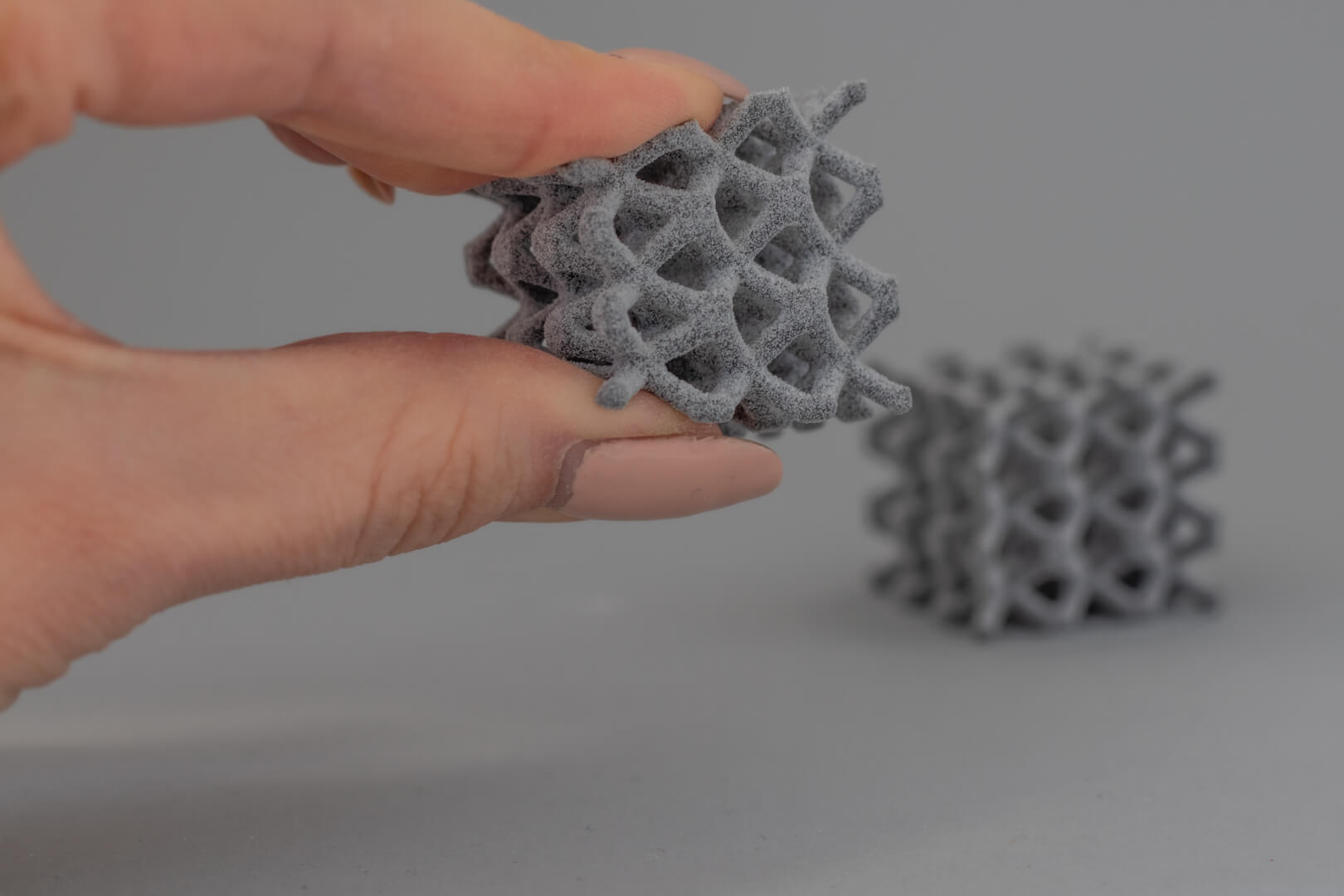- Home
- Additive Manufacturing
- 3D Printing Materials
- 3D Printing Material TPU
3D printing solutions and TPU in 3D printing
When it comes to the additive manufacturing of flexible components, 3D printing with TPU usually comes to mind. But what exactly is this material and what does it take to print TPU?
Get an overview of how TPU differs from other flexible materials for 3D printing: which technologies can be used to print TPU, which temperature and speed are required for TPU printing, and for which applications it is best suited.
What is TPU?
Thermoplastic polyurethane (TPU) belongs to the material class of thermoplastic elastomers (TPE). Members of this material family are characterized by the fact that they combine the properties of both thermoplastics and elastomers. What does that mean exactly?
Thermoplastics are plastics that can be deformed when heat is applied. Elastomers, on the other hand, are plastics that are dimensionally stable but elastic. This means that although these plastics deform under tensile or compressive load, they return to their original shape as soon as the load ends.
TPU is thus a plastic that deforms under the influence of heat – such as the high temperatures required for 3D printing processes – but behaves like an elastomer after curing. Depending on the manufacturing purpose, TPU can therefore exhibit flexible or more stable material properties.
Why is thermoplastic polyurethane (TPU) suitable for 3D printing?
The 3D printing of TPU is worthwhile, particularly because of the areas of application – especially when a few more advantages of 3D printing are added. First, however, let’s take a closer look at the material properties of TPU.
Thermoplastic polyurethane is not only very flexible, but also chemically resistant, resistant to wear and abrasion, and it has high adhesion to boot. With these properties, TPU qualifies for a wide range of applications across diverse industries. TPU’s flexibility can also vary from manufacturer to manufacturer. There are harder and softer TPUs. The decisive factor is the chemical composition of the material, or, more precisely, the distribution of the hard and soft segments. Hard segments influence the melting point and solidification behavior of the material, the soft segments determine the chemical properties such as the aforementioned resistance, durability, etc.
In addition, there are the advantages that 3D printing has to offer in general: Cost efficiency for prototypes and smaller batch sizes, elimination of tools, resource-saving material consumption and the options for lightweight design optimization. voxeljet offers some of the best 3D printers for TPU, including support service and expert advice for our customers.
Workshop: HSS poylmer printing
In this workshop we will present our HSS technology in detail: From open source conception to scaling and production possibilities.
What products can be 3D printed with TPU?
In the consumer goods industry, TPU is used in 3D printing, especially in the production of shoes. The flexible material can be used, for example, for 3D printing midsoles, insoles or entire shoes in one piece. The layered structure also allows a sole to be customized, i.e. adapted to individual load profiles. By means of topology optimization, such a sole can also be provided with grid structures and bionic elements in order to reduce material consumption and save weight.
Is TPU only suitable for certain 3D printers?
The answer is no. Certainly, there are some 3D printers on the market that are not capable of 3D printing TPU. However, for the common and established 3D printing processes – stereolithography, selective laser sintering, fused deposition modeling and binder jetting – there are suitable resins, powders and filaments that can be used to process TPU via 3D printers. One form of TPU binder jetting, for example, is high-speed sintering.
You can read about how other materials behave in 3D printing here:
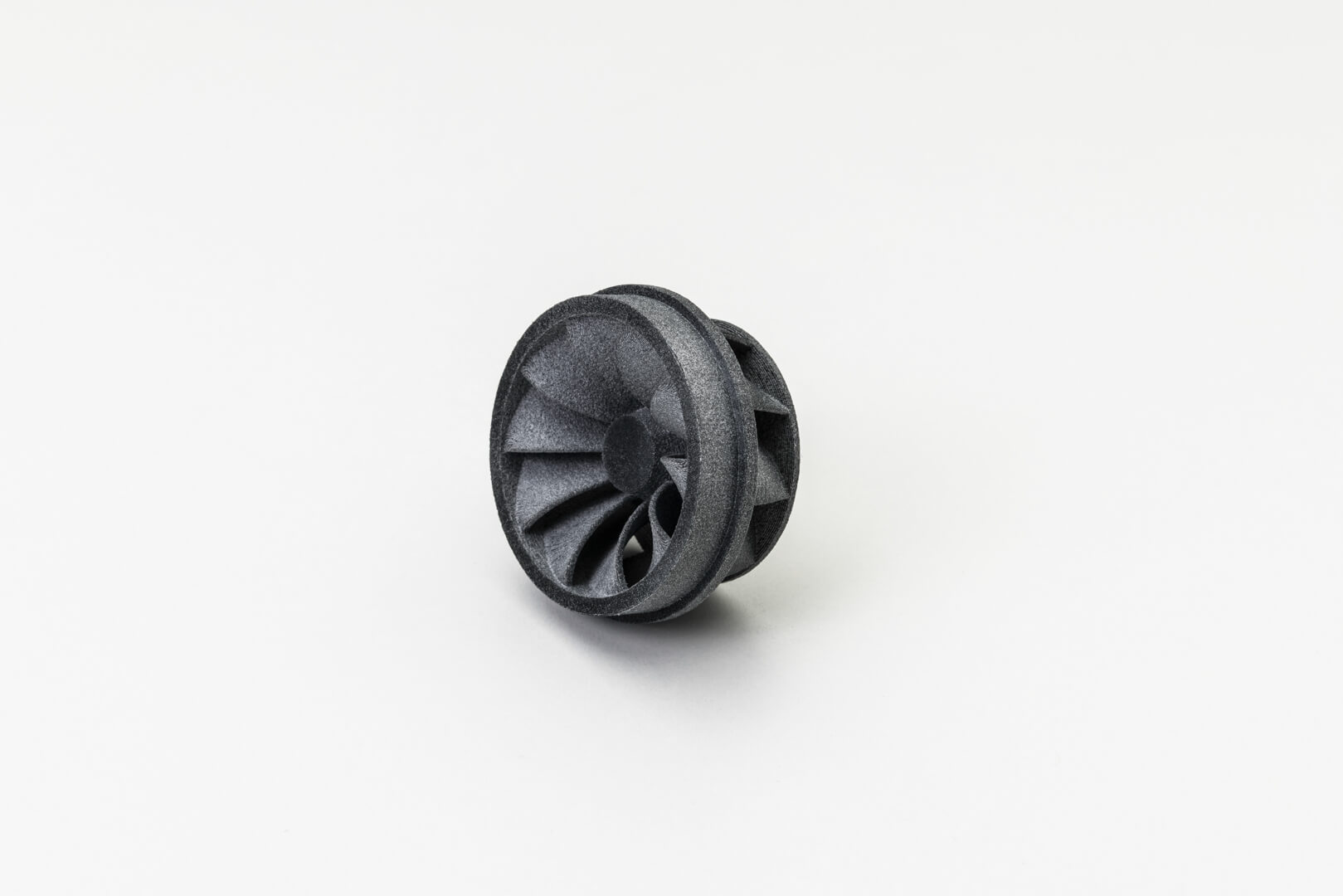
PP in 3D printing
PP is one of the most frequently processed plastics in the world. With outstanding material properties, this plastic offers great potential for additive manufacturing.
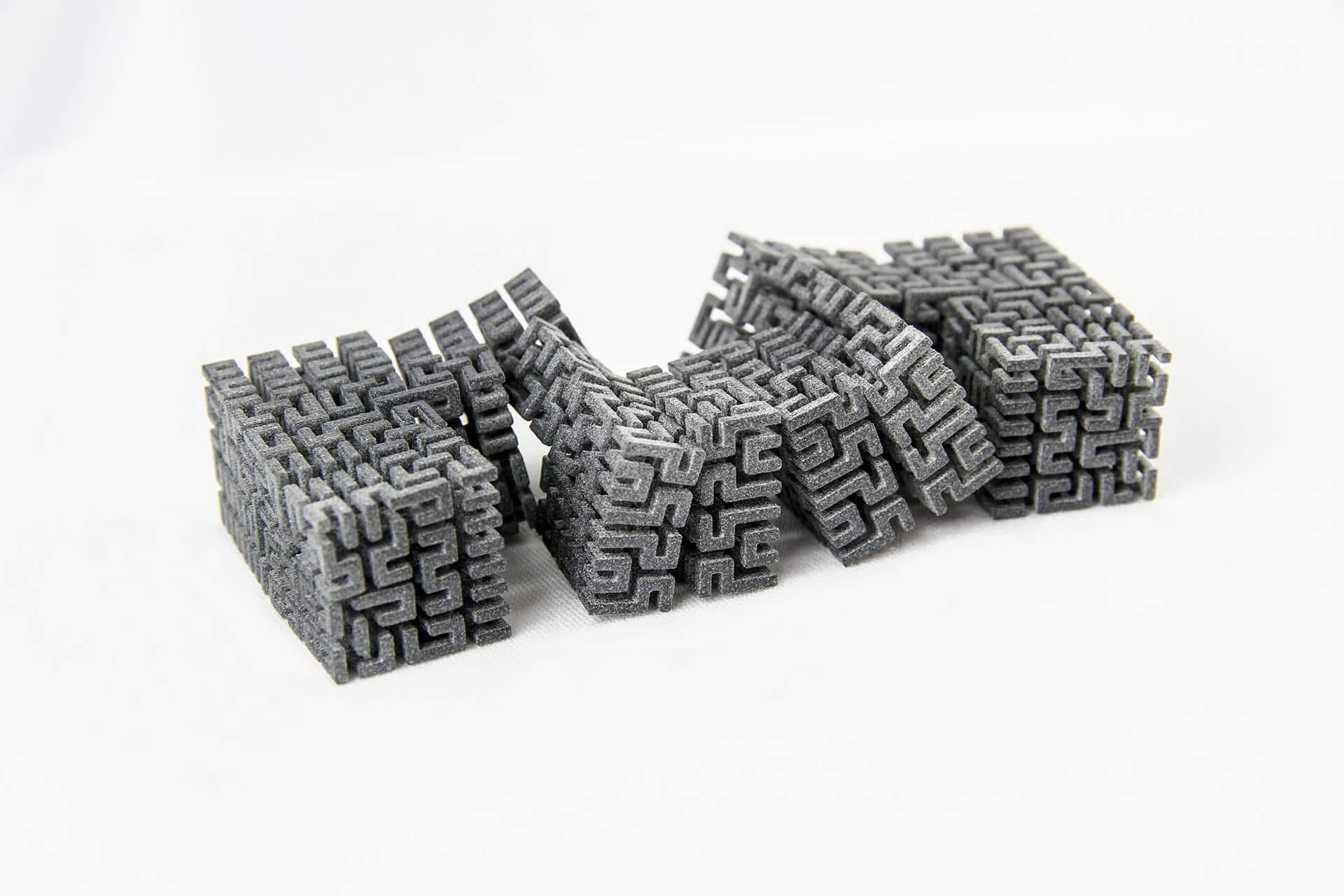
PA12 in 3D printing
PA12 is the all-round talent of polymer 3D printing. As one of the first plastic materials for additive manufacturing, it can be processed with almost any 3D printing technology.
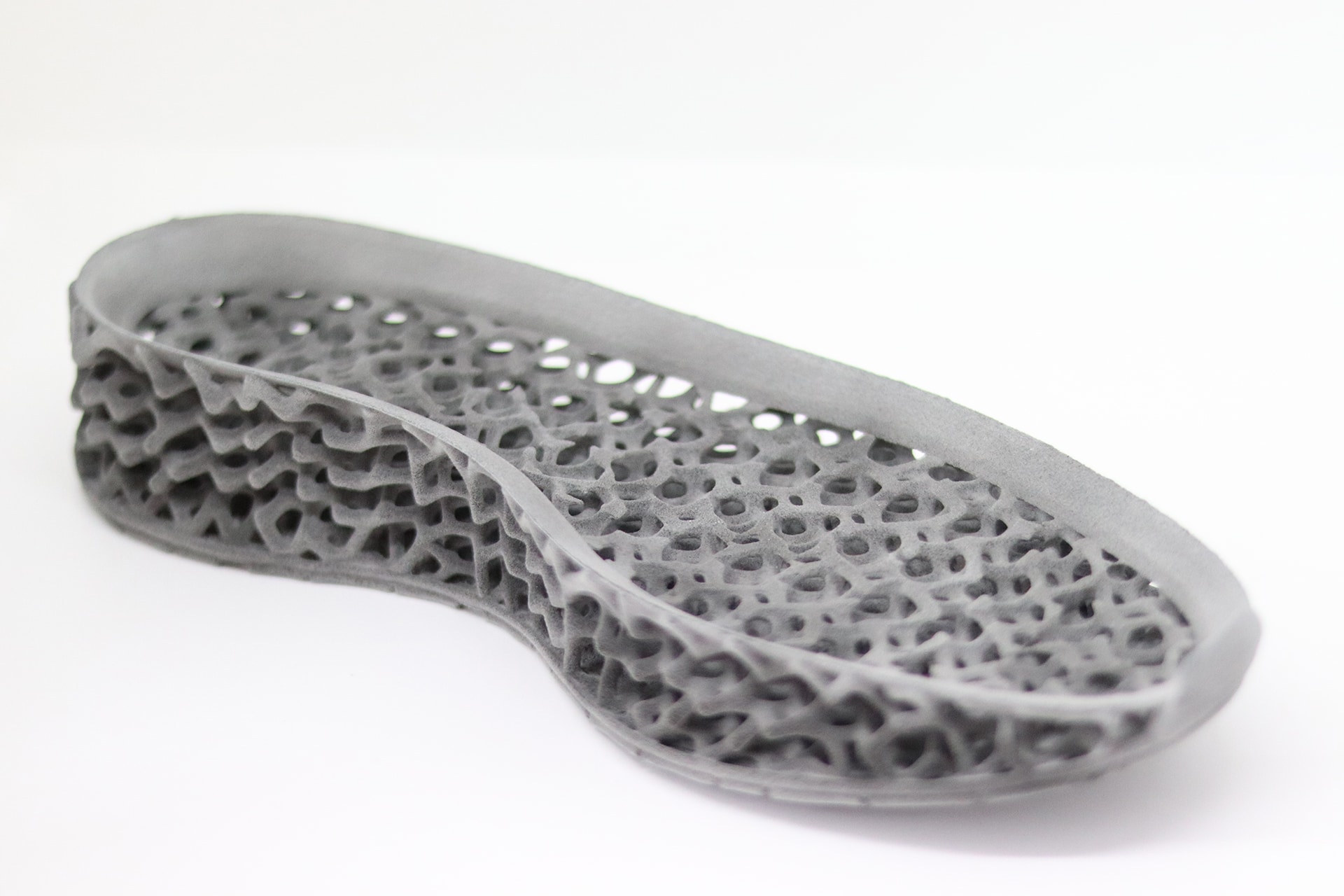
PEBA in 3D printing
As a 3D printing material, PEBA is still flying somewhat under the radar, but that could soon change, because there are many applications for the flexible and chemically resistant material.
Additive Manufacturing
The world of additive manufacturing is large. Get an overview of the most important processes and applications here.



















